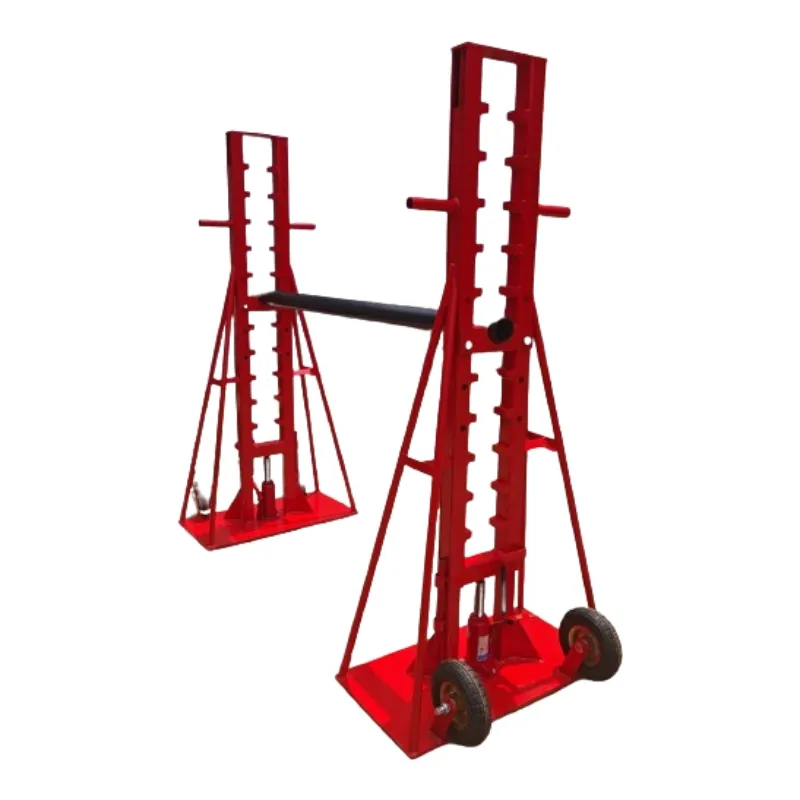
-
 Afrikaans
Afrikaans -
 Albanian
Albanian -
 Amharic
Amharic -
 Arabic
Arabic -
 Armenian
Armenian -
 Azerbaijani
Azerbaijani -
 Basque
Basque -
 Belarusian
Belarusian -
 Bengali
Bengali -
 Bosnian
Bosnian -
 Bulgarian
Bulgarian -
 Catalan
Catalan -
 Cebuano
Cebuano -
 Corsican
Corsican -
 Croatian
Croatian -
 Czech
Czech -
 Danish
Danish -
 Dutch
Dutch -
 English
English -
 Esperanto
Esperanto -
 Estonian
Estonian -
 Finnish
Finnish -
 French
French -
 Frisian
Frisian -
 Galician
Galician -
 Georgian
Georgian -
 German
German -
 Greek
Greek -
 Gujarati
Gujarati -
 Haitian Creole
Haitian Creole -
 hausa
hausa -
 hawaiian
hawaiian -
 Hebrew
Hebrew -
 Hindi
Hindi -
 Miao
Miao -
 Hungarian
Hungarian -
 Icelandic
Icelandic -
 igbo
igbo -
 Indonesian
Indonesian -
 irish
irish -
 Italian
Italian -
 Japanese
Japanese -
 Javanese
Javanese -
 Kannada
Kannada -
 kazakh
kazakh -
 Khmer
Khmer -
 Rwandese
Rwandese -
 Korean
Korean -
 Kurdish
Kurdish -
 Kyrgyz
Kyrgyz -
 Lao
Lao -
 Latin
Latin -
 Latvian
Latvian -
 Lithuanian
Lithuanian -
 Luxembourgish
Luxembourgish -
 Macedonian
Macedonian -
 Malgashi
Malgashi -
 Malay
Malay -
 Malayalam
Malayalam -
 Maltese
Maltese -
 Maori
Maori -
 Marathi
Marathi -
 Mongolian
Mongolian -
 Myanmar
Myanmar -
 Nepali
Nepali -
 Norwegian
Norwegian -
 Norwegian
Norwegian -
 Occitan
Occitan -
 Pashto
Pashto -
 Persian
Persian -
 Polish
Polish -
 Portuguese
Portuguese -
 Punjabi
Punjabi -
 Romanian
Romanian -
 Russian
Russian -
 Samoan
Samoan -
 Scottish Gaelic
Scottish Gaelic -
 Serbian
Serbian -
 Sesotho
Sesotho -
 Shona
Shona -
 Sindhi
Sindhi -
 Sinhala
Sinhala -
 Slovak
Slovak -
 Slovenian
Slovenian -
 Somali
Somali -
 Spanish
Spanish -
 Sundanese
Sundanese -
 Swahili
Swahili -
 Swedish
Swedish -
 Tagalog
Tagalog -
 Tajik
Tajik -
 Tamil
Tamil -
 Tatar
Tatar -
 Telugu
Telugu -
 Thai
Thai -
 Turkish
Turkish -
 Turkmen
Turkmen -
 Ukrainian
Ukrainian -
 Urdu
Urdu -
 Uighur
Uighur -
 Uzbek
Uzbek -
 Vietnamese
Vietnamese -
 Welsh
Welsh -
 Bantu
Bantu -
 Yiddish
Yiddish -
 Yoruba
Yoruba -
 Zulu
Zulu


TEL:
0086-311-88862036
Jan . 13, 2025 16:41 Back to list
Cable Pulling Grip/Come Along Clamp 1656-20 1656-30
Rodding conduits, an essential tool for maintaining and installing electrical and telecommunication systems, play a critical role in ensuring infrastructure reliability and performance. Experienced professionals in the field understand that efficient conduit rodding can prevent significant operational disruptions and extend the lifespan of the installed systems. This article explores the expertise required, the best practices, and the importance of professional handling for rodding conduits, emphasizing the indicators of trustworthiness and authority in the process.
Trustworthiness in the realm of rodding conduits is particularly significant when selecting service providers. Companies with a proven track record, verifiable credentials, and positive client testimonials often rank higher in trustworthiness. It's essential for these companies to document their process meticulously, providing clients with detailed reports post-service. This transparency not only builds trust but also establishes the company's authority in the field. Technological advancements have further refined the process of rodding conduits, with tools now incorporating GPS for precise location tracking of tools within conduits. Professionals now leverage these tools, increasing the efficiency and accuracy of the rodding process. Such technological integration signifies both expertise and a commitment to maintaining cutting-edge service standards. In conclusion, the art and science of rodding conduits are vital to ensuring the seamless operation of electrical and telecommunication systems. By leveraging expertise, adhering to authoritative guidelines, and maintaining transparency and trust, companies can offer superior service that stands out in Google's rankings. Clients seeking these services are advised to look for providers with a commitment to excellence, evidenced by their use of advanced technology and qualified personnel. Through a combination of experience, expertise, authority, and trustworthiness, the process of rodding conduits can be optimized for both performance and peace of mind.


Trustworthiness in the realm of rodding conduits is particularly significant when selecting service providers. Companies with a proven track record, verifiable credentials, and positive client testimonials often rank higher in trustworthiness. It's essential for these companies to document their process meticulously, providing clients with detailed reports post-service. This transparency not only builds trust but also establishes the company's authority in the field. Technological advancements have further refined the process of rodding conduits, with tools now incorporating GPS for precise location tracking of tools within conduits. Professionals now leverage these tools, increasing the efficiency and accuracy of the rodding process. Such technological integration signifies both expertise and a commitment to maintaining cutting-edge service standards. In conclusion, the art and science of rodding conduits are vital to ensuring the seamless operation of electrical and telecommunication systems. By leveraging expertise, adhering to authoritative guidelines, and maintaining transparency and trust, companies can offer superior service that stands out in Google's rankings. Clients seeking these services are advised to look for providers with a commitment to excellence, evidenced by their use of advanced technology and qualified personnel. Through a combination of experience, expertise, authority, and trustworthiness, the process of rodding conduits can be optimized for both performance and peace of mind.
Latest news
The Unique Design of Cable Socks
NewsJun.04,2025
Swivel Connectors in Industrial Automation
NewsJun.04,2025
Safety Features of Link Sticks
NewsJun.04,2025
How to choose the best cable pulling winch for sale
NewsJun.04,2025
Fish tape safety precautions
NewsJun.04,2025
Essential Maintenance Tips for Cable Pulling Tools
NewsJun.04,2025
Copyright © 2025 Shijiazhuang Bilo Import and Export Trading Co., Ltd. All Rights Reserved. Sitemap | Privacy Policy

BlLo lmport & Éxport is specialized in power and cable equipment andconsiruction tools,Qur main producis are FRP
duct rodder, cable rollerscable pulling winch, cable drum jack, cable pulling sock, etc.
Copyright © 2025 Shijiazhuang Bilo Import and Export Trading Co., Ltd. All Rights Reserved. Sitemap | Privacy Policy










